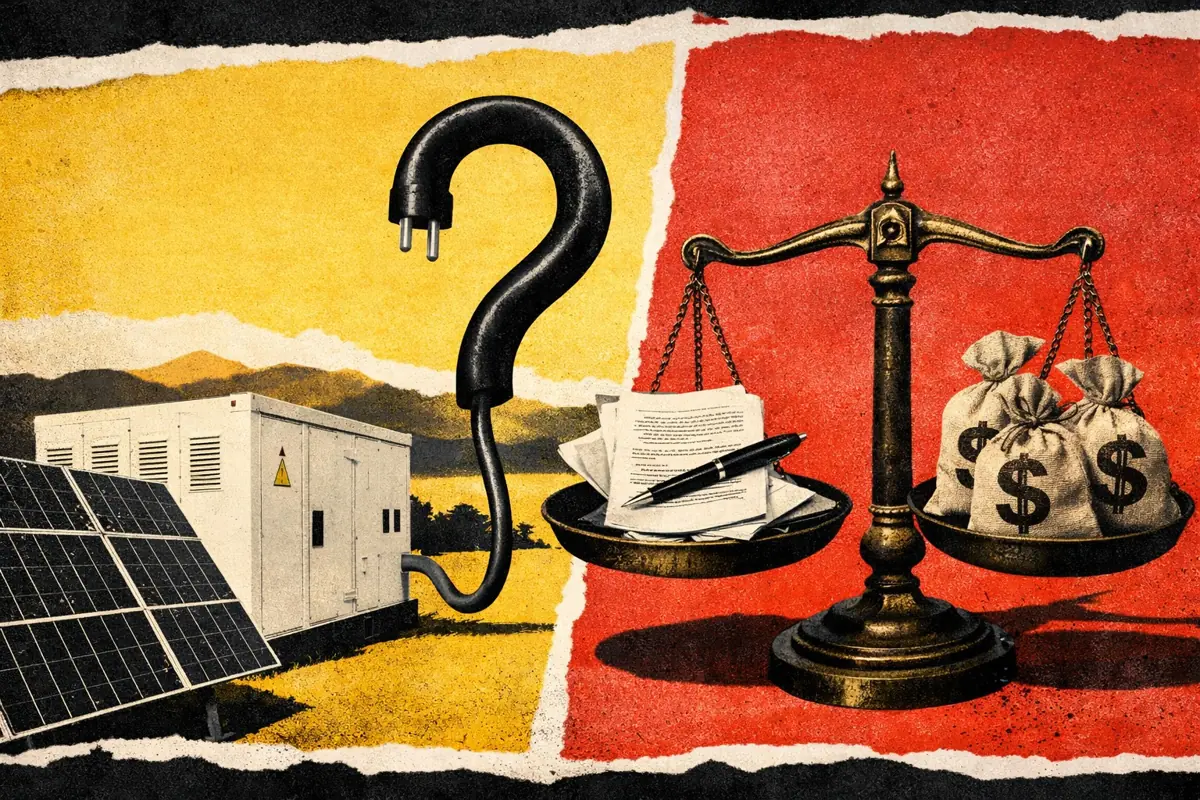The buildout report: Record high new capacity in Q4 2023
The buildout report: Record high new capacity in Q4 2023
In Quarter 4 of 2023, 420 MW of new battery energy storage capacity became commercially operational in Great Britain. This represents a 13% increase in capacity from Q3, and took total grid-scale battery energy storage capacity in Great Britain to 3.5 GW and 4.6 GWh at the end of 2023.
- New Operational Sites: Eight new sites started operation. This included two large 99 MW projects by Harmony Energy Income Trust and Sosteneo Fund.
- Dominance of Two-Hour Systems: Six of the batteries, representing 64% of the new capacity, had a two-hour duration. This pushes the average duration of battery storage in Great Britain to 1.3 hours.
- Project Delays: Projects continued to face delays due to EPC company closures and grid connection issues. Whilst these issues are slowly being overcome, almost 1GW of expected capacity has been pushed to 2024.
- 2024 Q1 Outlook: 850 MW of capacity is due in Q1 2024. However, based on historic buildout rates, we expect to see between 400 and 600 MW of new capacity come online.
A record increase in battery energy storage capacity
Q4 was the largest-ever quarterly increase in operating battery capacity in Great Britain. This overtakes the previous record of 413 MW in Q2 2023. This means 1.5 GW of new capacity was added in 2023. This is also the biggest addition to battery capacity in Great Britain in one year.

Throughout this article, there will be references to the battery energy storage ‘pipeline’ and buildout ‘projections’.
- Pipeline: The list of assets expected to be built in Great Britain by 2026. Each of these has an expected quarter in which it will become commercially operational.
- Projection: A calculation of how much capacity will likely come online based on the rate of new capacity installed in previous quarters.
1.2 GW of capacity in the pipeline had expected operational dates in Q4, with a further 111 MW delayed from previous quarters. However, based on historic buildout rates, we projected that between 250 and 500 MW of this would actually become operational. The 420 MW that did come online is at the top of this range, but there is still a backlog of projects due to come online.
On average, 383 MW of battery energy storage capacity began commercial operation in each quarter of 2023. This is over twice the average of 2022, which was 166 MW per quarter.
Eight sites began commercial operation
Between October and December 2023, eight sites began commercial operation in Great Britain. A total of 36 batteries of 7MW or greater came online in 2023, with a total of 110 sites operational by the end of the year.
Already a subscriber?
Log in







